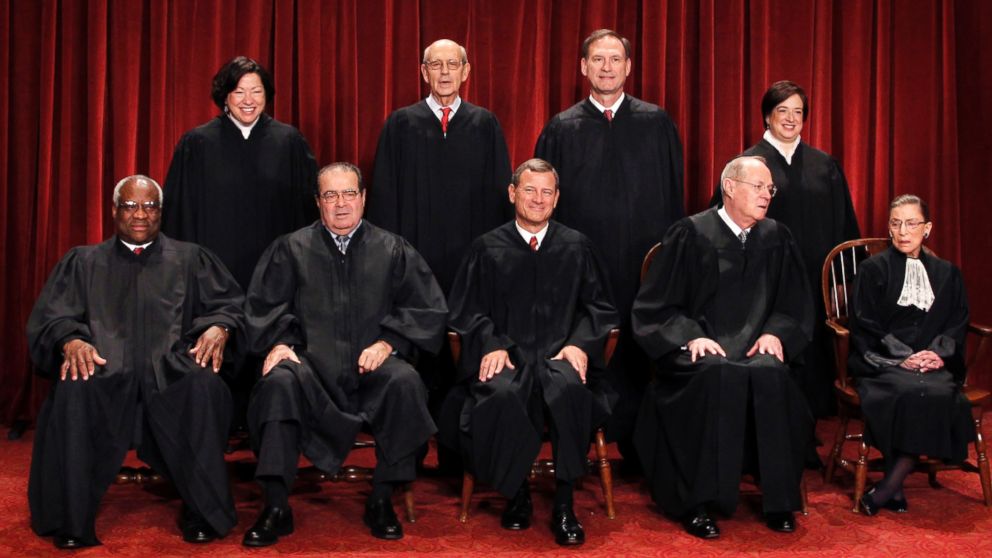Obstacles Along the Road From Nominee to Supreme Court Justice
Here's what will happen if Obama makes a nomination to the court.

— -- The process for confirming a U.S. Supreme Court Justice goes like this: A vacancy occurs on the court, the president nominates someone to fill the slot, the nominee goes before the Senate Judiciary Committee and is released from the committee with either a favorable or unfavorable recommendation (or without recommendation) to the full Senate for their advice and consent.
The U.S. Senate has confirmed 124 of the 160 Supreme Court nominees it has received since 1789, or 77.5 percent.
So the first hurdles for nominees are those pesky hearings, held by the Senate Judiciary Committee.
Eighty-five percent of the 20-member committee (11 Republicans-nine Democrats) are white males. Two are women, both Democrats, and one is Hispanic. Sen. Ted Cruz of Texas, a 2016 GOP presidential candidate, is on the committee, as is another Republican senator who dropped out of the running, Sen. Lindsay Graham of South Carolina.
The committee technically can decide not to report a nomination to the full Senate but, historically, it sends the nominees forth with their positive or negative recommendations. Most recently, in 1991, the committee members failed to support the nomination of now-Justice Clarence Thomas. Instead, they sent his nomination to the full Senate without recommendation.
And in the 1980s, after an 11-day hearing, the committee voted to send Robert Bork’s nomination to the floor with an unfavorable recommendation. His nomination was rejected by the Senate, 58-42. His rejection became part of the American lexicon.
“To be Borked” means to block someone from public office with political attacks. Bork supporters claimed the liberals on the Senate Judiciary Committee unfairly defeated him with their rhetorical critiques.
Get real-time updates as this story unfolds. To start, just "star" this story in ABC News' phone app. Download ABC News for iPhone here or ABC News for Android here.




